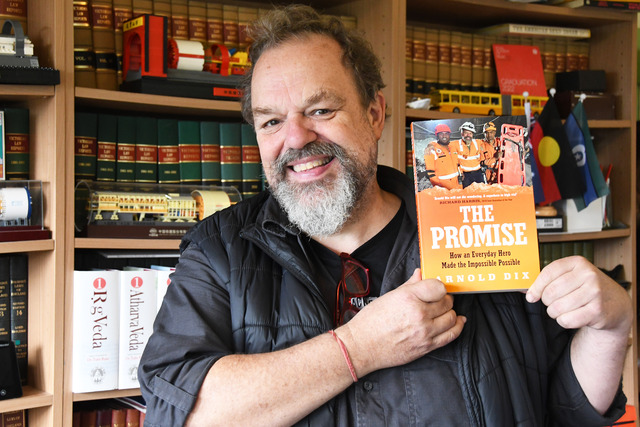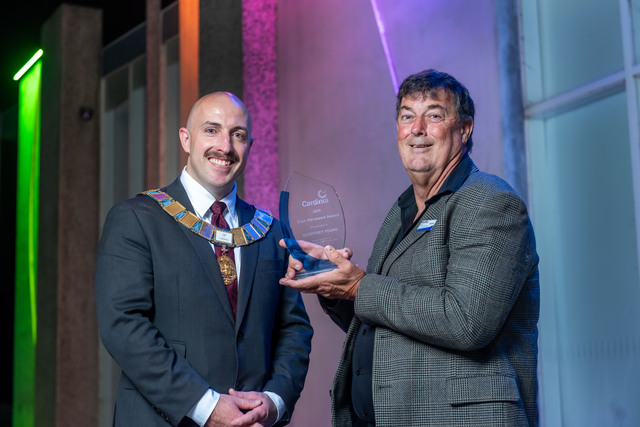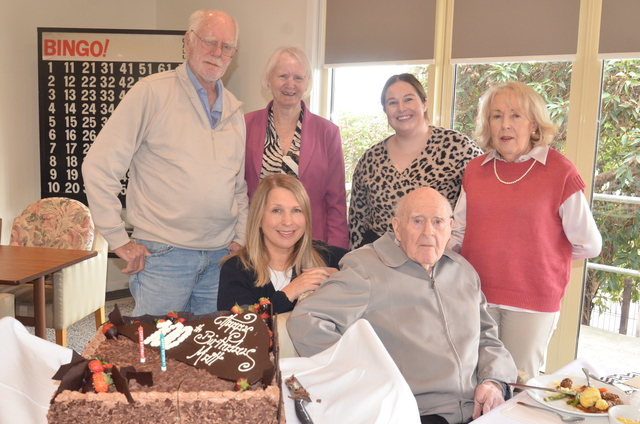Viv Paine from the Lynbrook Residents Association is hoping the EPA’s proposed extended buffer zones will spell the end of the push for a waste transfer station at the Hampton Park tip.
The EPA is proposing extending buffer zones for landfill sites accepting both inert and municipal waste, impacting both Hampton Park and SBI Landfill in Cranbourne.
A buffer is defined by the EPA as “land used to separate or manage incompatible land uses, often industrial uses and sensitive uses, to ensure land use compatibility and avoid land use conflict”.
“For landfills, the buffer is made up of separation distances responding to multiple risks, including landfill gas, odour and dust.
“The landfill buffer will extend to the largest of these separation distances.”
A buffer does not need to stop the use and development of land – instead, it ensures land use and development responds to the risks posed and allows for a transitional area of land between two distinct land uses to lessen the risk of harm posed by one land use type on another, according to the EPA.
Sites accepting municipal or putrescible waste with a tip face greater than 500sqm, such as Hampton Park, are facing an extension of their buffer zone from 500 metres to 1500 metres, after a July 2019 study found the current distance to be “out of date and inadequate to address human health and amenity impacts”.
“The study also found that the 500-metre buffer may not account for routine odour emissions from larger putrescible landfills, even when operating at best practice,” the EPA said.
“The 1500-metre buffer may be varied to a minimum of 1000 metres with an appropriate odour risk assessment that demonstrates an alternative buffer is acceptable.”
Mr Paine said new guidelines support the community’s strong opposition in allowing a huge new waste transfer facility to be built in such a highly populated area.
“Hopefully release of these new EPA Guidelines greatly increasing buffer zones on human health grounds will see the end of the proposed new waste transfer facility at the Hallam Road Tip site,” Mr Paine said.
“Apart from the pollution risk, a tripled buffer zone would see many thousands of Casey property owners impacted by an overlay that could see their values plummet by up to 30 per cent.”
Landfills accepting inert waste currently have a buffer zone of 200 metres, however, the proposed extension will see it increase to 500 metres.
“Recent experience has shown that subsurface hotspots and landfill gas generation in leachate can develop in operating solid inert landfills and generate odour that can be detected up to and beyond 500 metres from the landfill,” the EPA said in its justification for the proposal.
Leachate, contaminated liquid generated by water passing through a landfill or waste disposal site and accumulating contaminates in the process, mixing with landfill gas, has been the source of the “rotten eggs” stench emanating from SBI that has plagued residents in Cranbourne and Botanic Ridge for much of the year.
Those living within a buffer zone will need to accept advice when proposing future sensitive use or development of land, such as the development of a school, house, medical centre or aged care facility.
Once finalised, it is intended that the guidelines will be referenced in the Victoria Planning Provisions, meaning planning decision makers will be required to consider the guidelines as relevant.
The EPA is seeking feedback on the draft guidelines to understand how they could be improved and ensure they are useable, clear and relevant for those who need to use them.
A webinar will be held on Thursday 15 December, hosted by the EPA, to explain the changes in greater detail.
Feedback can be submitted until Friday 17 February 2023, before the guidelines are finalised in “mid-2023”.
To read the proposals, register for the webinar and participate in the feedback surveys, head to engage.vic.gov.au/separation-distances-and-landfill-buffers







